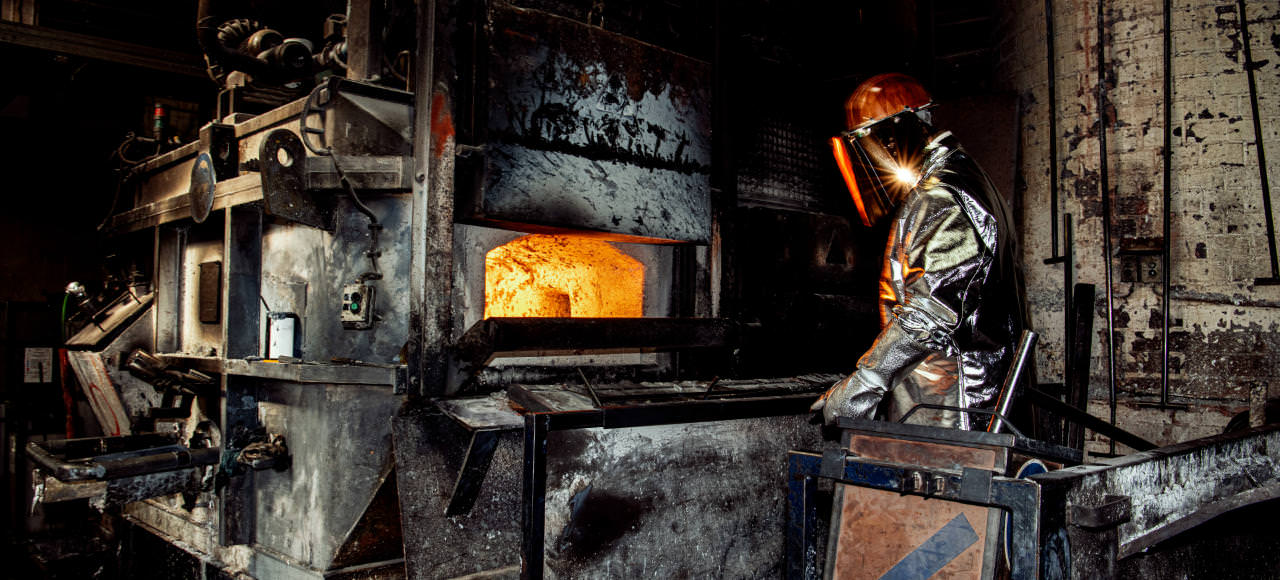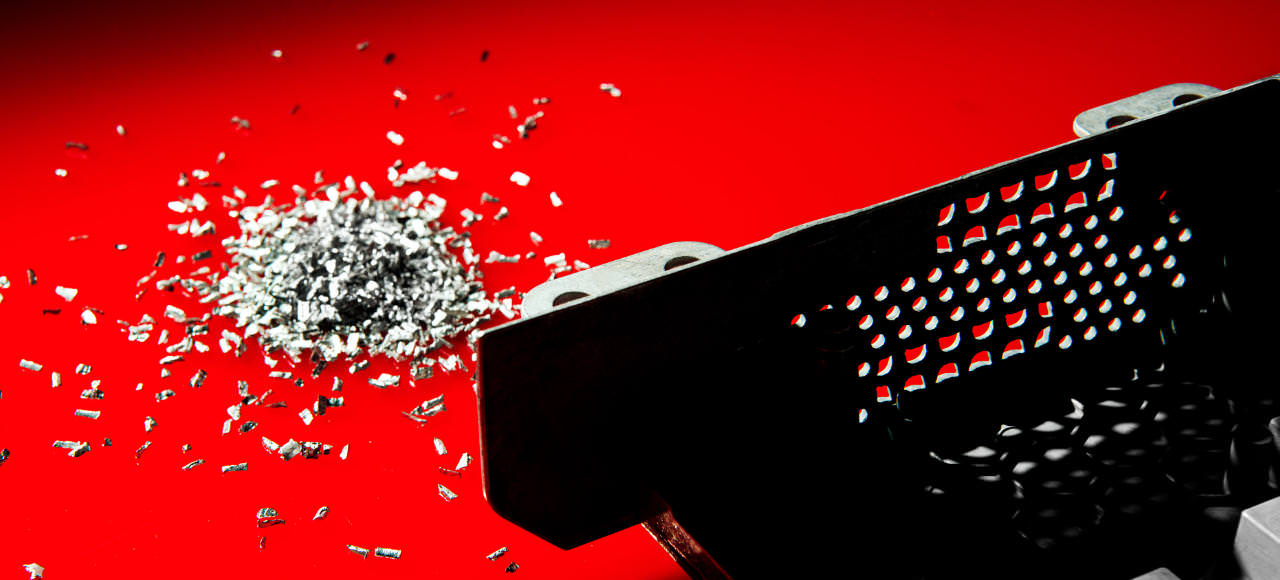From digital simulation to the haptic product
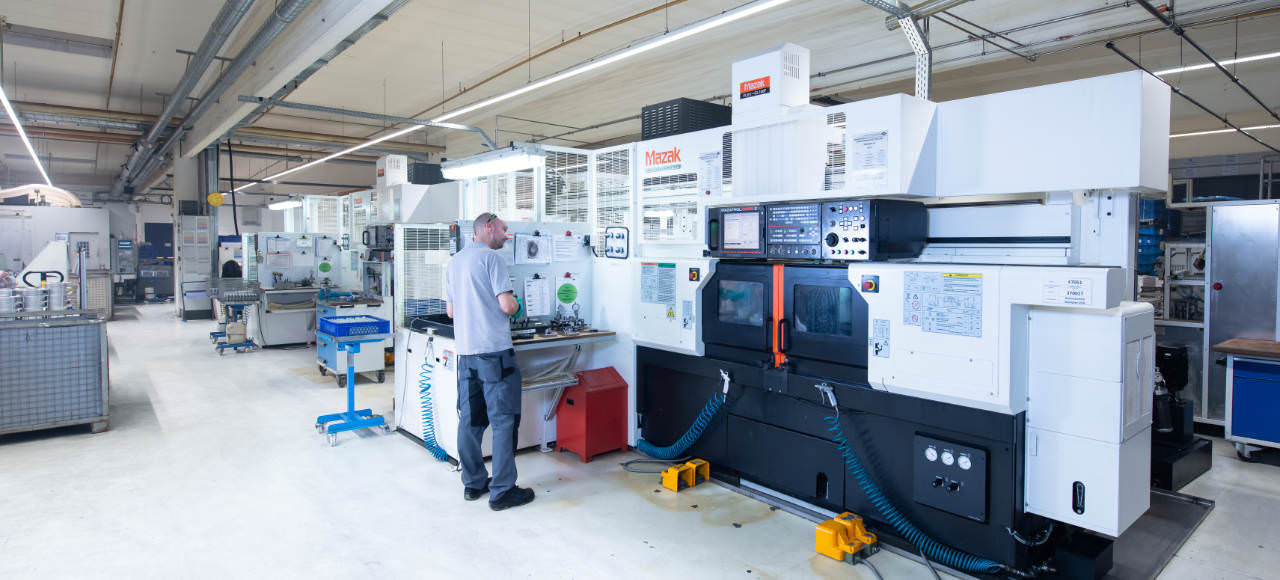

After development, your product is prepared for manufacturing. Independent of the material and the resulting casting process – aluminum die casting or magnesium thixomolding – the product is prepared for later use by CNC machining, cleaning and surface treatment for its later use. With pleasure we take over pre-assembly of components to simplify your production processes. We have summarised more details on the individual manufacturing steps here.
Two casting processes for lightness and innovation
Aluminium
Aluminum is a fascinating, enormously versatile material for innovative lightweight construction. In our plants, recyclable aluminum is used with state-of-the-art machines to produce high-tech products for all sectors, especially where every gram saved counts. At pressures of up to 200 Pa and speeds of up to 430 kilometres per hour, the liquid aluminum is aluminum is pressed into the steel mould.
More about aluminum Die CastingMagnesium
Magnesium is the lightest metallic construction material of all and is only about two-thirds the density of aluminum. This saves more than a kilogram of weight on an e-bike. The thixomolding process is used here to form magnesium alloys. Our latest innovation is the fire-resistant magnesium alloy MgCarbonit91, for which we have secured the exclusive license of Intellectual Property.
More about magnesium Thixomolding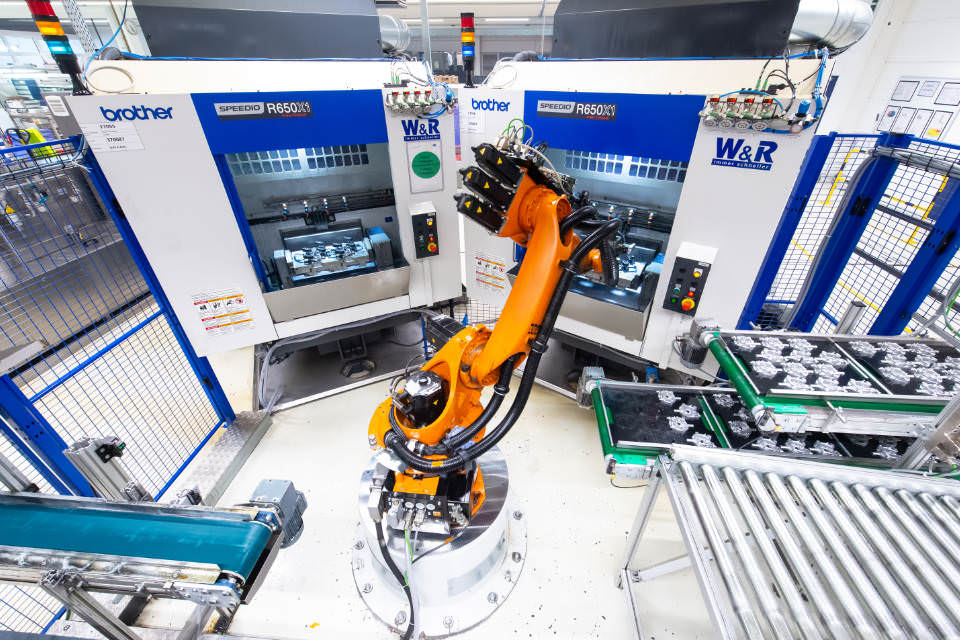
The way to cast with complex geometric shapes
CNC machining gives the castings complex geometric shapes with the highest precision. Thanks to the further development of machining, assembly and testing concepts, highly efficient machining processes can be realised. At present, about seventy machining centres are operated in our plants, with which, we have the following capabilities:
- Machining centres with 3, 4 and 5 axes.
- CNC turning machines and automatic turning machines.
- CNC lathes with driven tools
- special purpose machines
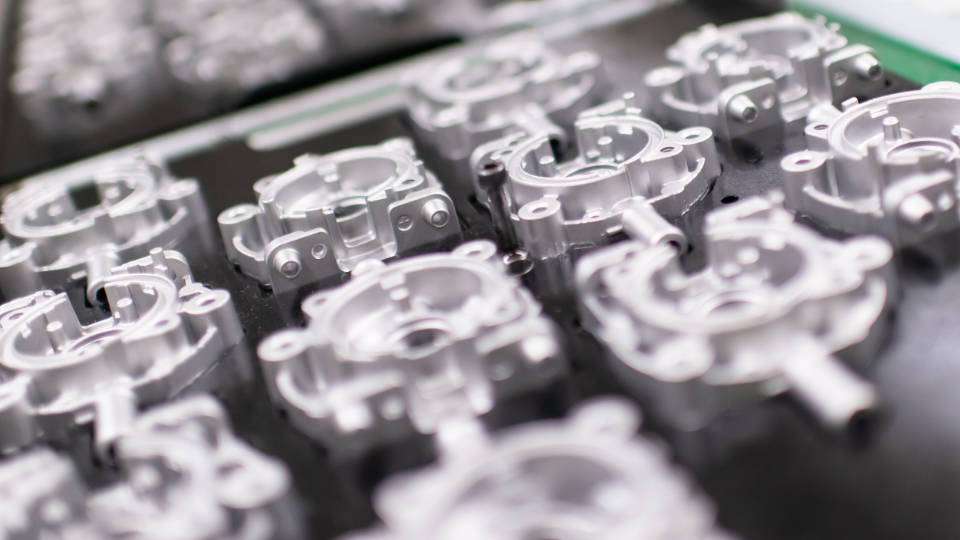
Washing and cleaning techniques for components without residual particles
The cleanliness of our components plays a decisive role in the functionality of the end product. Residual metallic particles in mechanical components can lead to abrasion and in electronic components, dirt particles can cause a short circuit through contact with electrical boards. To prevent this, we carry out industrial washing and cleaning techniques, including fine washing, and finally have each component inspected in appropriate laboratory tests.
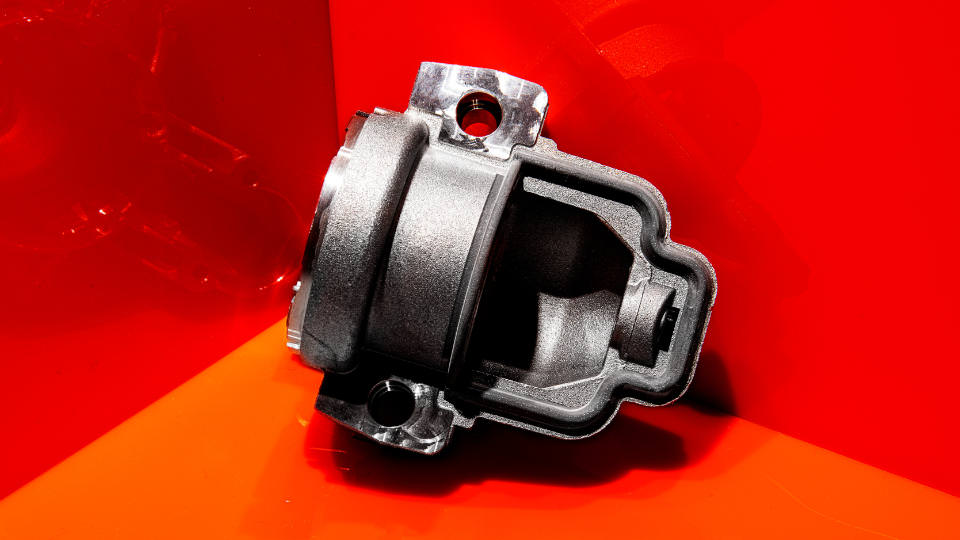
Surfaces as required
Our castings receive a surface treatment to be deburred, cleaned and smoothed. For example, sharp edges are also rounded. For this purpose, we use various surface treatments such as blasting, vibratory grinding, ball burnishing or brushing.
On request, we can also carry out additional surface finishing to improve the corrosion and wear protection of the components. For the visible optimisation of the castings different processes are used for functional surfaces, gloss or color treatment. These would be impregnation, painting (powder coating, wet paint, KTL coatings), metallising (chrome plating, nickel plating, copper plating), anti-corrosion coatings ("Surtec", etc.), and anodising (anodic oxidation).
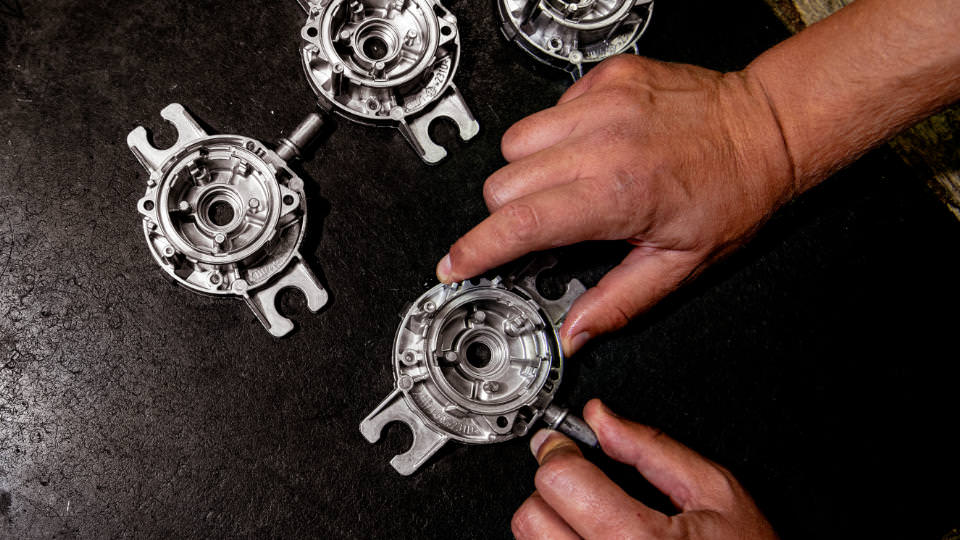
Assembly by us means less work for you
We take over the pre-assembly of the modules for you. Thanks to the assembly of brackets, clips, pipe connections or electrical plugs, you receive a component which already simplifies your production steps.

